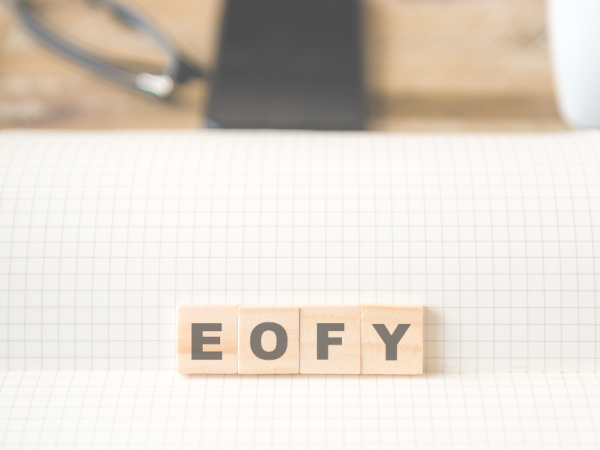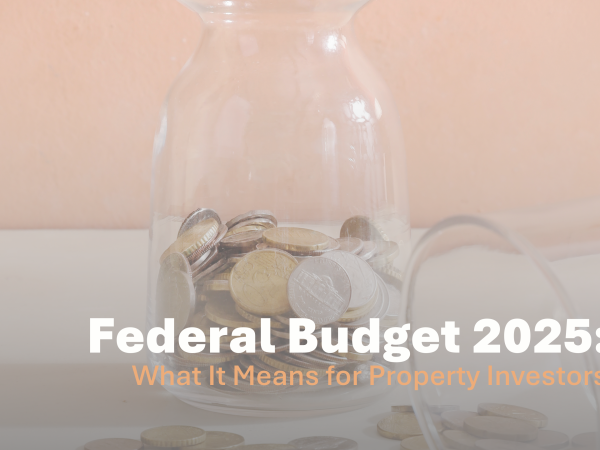When it comes to protecting your investment property, it’s important to understand the role of landlord insurance. Many landlords mistakenly think that their building insurance will cover everything, including loss of rent, but that’s not the case. Here is a breakdown what landlord insurance typically covers, how it differs from regular home insurance, and why it’s crucial to have the right protection in place for your rental property.
Home Insurance vs. Landlord Insurance
Understanding the difference between home insurance and landlord insurance cover is crucial when deciding how to protect your investment property.
Home Insurance:
- Designed for owner-occupied properties.
- Typically Covers the building (if building insurance is included) and/or the owner’s personal belongings (if contents insurance is included).
Landlord Insurance:
- Designed for properties rented out to tenants.
- Typically Covers the building (landlord building insurance) and any landlord-owned contents inside (landlord contents insurance), but not tenants’ belongings.
- May include loss of rental income if the property becomes uninhabitable due to an insured event.
- Option to provide legal liability insurance for risks associated with having tenants.
- May include additional protection for landlord-specific risks like malicious damage and legal costs for tenant disputes.
Wouldn’t My Strata Levies Already Cover Me?
If you own an apartment, townhouse, or villa, your strata levies may include building insurance arranged by the body corporate. However, it’s important to understand exactly what is covered. Strata insurance typically does not include landlord-specific protections, so you may still need landlord contents insurance for items like window coverings and wall-mounted air conditioning units.
Who Pays for Landlord Insurance?
The cost of landlord insurance is typically the responsibility of the landlord, not the tenant.
What’s Commonly Included in Landlord Insurance Policies?
Property Damage:
Covers damage to the building and some personal belongings within it due to events such as fire, storm damage, or malicious damage by tenants. Pre-existing damage is not covered.
Liability Cover:
Protects against claims if a tenant or visitor is injured on your property. This includes compensation and legal costs.
Legal Expenses:
Some policies may include coverage for legal costs associated with certain disputes related to the rental property.
Tenant-Related Risks:
Some policies provide additional or optional cover for:
- Loss of rental income.
- Malicious damage to the property by tenants.
- Theft by tenants.
Loss of Rental Income:
If an insured event makes the property uninhabitable, some policies may cover lost rent.
Each policy differs, and insurers offer varying levels of coverage. Some policies allow optional extras such as accidental damage. Always review the Product Disclosure Statement to ensure the policy meets your needs.
What Doesn’t Landlord Insurance Cover?
While landlord insurance is comprehensive, some exclusions may apply, including:
- General Wear and Tear: Gradual property deterioration over time, like faded paint or worn-out carpets.
- Maintenance Issues: Problems caused by neglect, such as mould, rot, or pest infestations.
- Intentional Damage by the Landlord: Any damage you cause intentionally is not covered.
- Certain Natural Disasters: Some policies exclude specific disasters (e.g., earthquakes, floods, landslides) unless additional coverage is purchased.
- Unoccupied Property: If the property is vacant for an extended period (typically 30-60 days), coverage may be limited.
- Loss of Rent Due to Market Conditions: If you struggle to find tenants due to market fluctuations, loss of rent is not covered.
- Tenant Belongings: Tenants need their own contents insurance to protect their personal property.
- Specific Pets and Animal Damage: Some policies exclude damage caused by tenants’ pets.
- Illegal Activities: Damage from illegal activities is typically not covered.
Reading the Product Disclosure Statement is essential to fully understand what your policy covers and excludes.
Do You Need Landlord Insurance?
Short answer, yes. But ask yourself these questions:
- Can I afford to miss rental income if my tenant stops paying?
- Can I afford to lose rental income if my property becomes uninhabitable?
- What would I do if my tenant caused significant damage to my property?
If the answer to any of these questions is “no,” landlord insurance may be a crucial safety net for you.
Is a Higher Excess Always Best?
While opting for a higher excess can reduce your premium, it’s not always the best strategy. The purpose of insurance is to be used when needed. Having a reasonable excess ensures that making a claim remains practical and beneficial.
A Safety Net Worth Having
Landlord insurance provides financial security and peace of mind. It’s always better to have coverage and not need it than to need it and not have it. If you’re a property investor, ensuring you have the right protection in place is a smart move for safeguarding your investment.
If you are not yet covered and would like to explore your options, our team at Real Property WA is here to help. Alternatively, below are some landlord insurance providers in WA, including;
EBM Insurance (Rent Cover) – https://www.rentcover.com.au/
Terri Scheer – https://www.terrischeer.com.au/landlord-insurance/
Property Insurance Plus (PIP) – https://www.pi-plus.com.au/get-a-quote-new/




